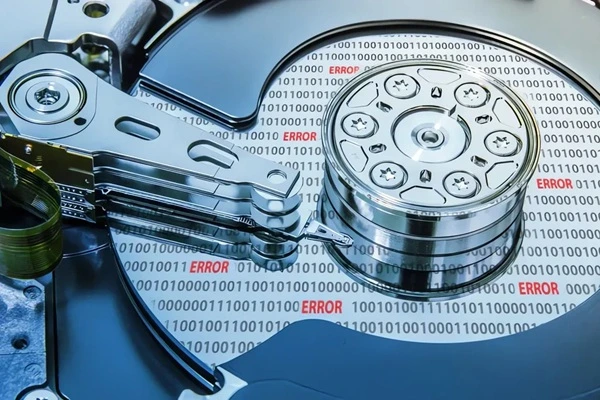
|
|
Data Recovery for Spinning Drives

Intro
If your computer’s hard drive has failed or is starting to fail, there’s still a
chance to recover your files. Our shop can often help with many types of data recovery for
spinning drives, though not all cases are repairable. Read below to understand what we can
do and when it’s best to send your drive to a professional recovery lab.
⚠ Warning:
If the data is extremely important—such
as evidence for a court case—send the drive directly to a professional recovery lab. Expect
to pay $800 or more per drive.
What Is Data Recovery?
Data recovery is the process of restoring files from a damaged or failing hard
drive. We categorize recovery into four main types, depending on what’s wrong with the
drive. Other shops may use different systems, but this is how we define ours.
Type 0 – Drive Is Healthy but Computer Is Dead
In this case, the drive itself is fine, but the computer isn’t working. We
simply remove the hard drive, connect it to another system, and copy the files. This type of
recovery usually succeeds 100% of the time, and we’ve done it hundreds of times. This is
actually considered a data transfer.
Type 1 – Logical Issues
Logical problems occur when the drive still spins and powers on, but data is
difficult to access. We use several specialized recovery systems to read data from these
drives. Often we can recover most of the files, though data stored on bad
sectors—tiny damaged spots on the platters—may be lost. Bad sectors can be
caused by scratches, dust, or even rust forming inside the drive.
This is the type of
data recocovery that we do the most.
⚠ Warning:
THERE IS NO GUARANTEE ON DATA RECOVERY.
Type 2 – Electronics Failure
When the drive’s circuit board fails, we sometimes perform a board
swap using an identical donor drive. The replacement must match the same
firmware and board revision. In some cases, we must desolder and transfer small chips that
store unique data. This process can work, but not always. If it fails, the issue may be
deeper within the drive’s internal components.
⚠ Warning:
THERE IS NO GUARANTEE ON DATA RECOVERY.
Type 3 – Mechanical Failure
Mechanical issues include:
- Drive clicking or grinding sounds
- Stuck or damaged read/write heads
- Drive not spinning up at all
These issues usually require a cleanroom environment, which allows technicians to open drives without dust contamination. We do not have a cleanroom, though in some limited cases we can attempt fixes in a very clean area for stuck heads. However, we do not replace heads or motors—those must go to a professional recovery lab.
⚠ Warning:
THERE IS NO GUARANTEE ON DATA RECOVERY.
When to Use a Data Recovery Lab
If your drive falls into Type 0 or Type 1, we
can usually help. This is what we do the most.
If it’s a Type 2 or
Type 3 issue, a specialized lab is the safer option. Labs have advanced
equipment, cleanrooms, and firmware tools not available in standard repair shops.
Preventing Future Data Loss
In every case, the best protection against data loss is a regular backup
plan. External hard drives, cloud storage, and automatic backup tools can save
you from expensive recovery costs later. Remember: if you have a reliable backup, data
recovery is rarely necessary.
Related Articles
This is a complete list of harddrive related articles on this website.
#0092 [EDUCATION]
How Hard Drives and SSDs Compare
#0075 [BUYERS
GUIDE] What Do WD Hard Drive Colors Mean?
#0056 [EDUCATION]
Understanding Bad Sectors on a Hard Drive
#0041 [EDUCATION]
Spinning Rust (Hard-Drives) vs SSD
#0005 [INFO] Data
Transfer Services - Let's move your stuff!
#0004 [INFO] Data
Recovery Services for failing spinning drives

